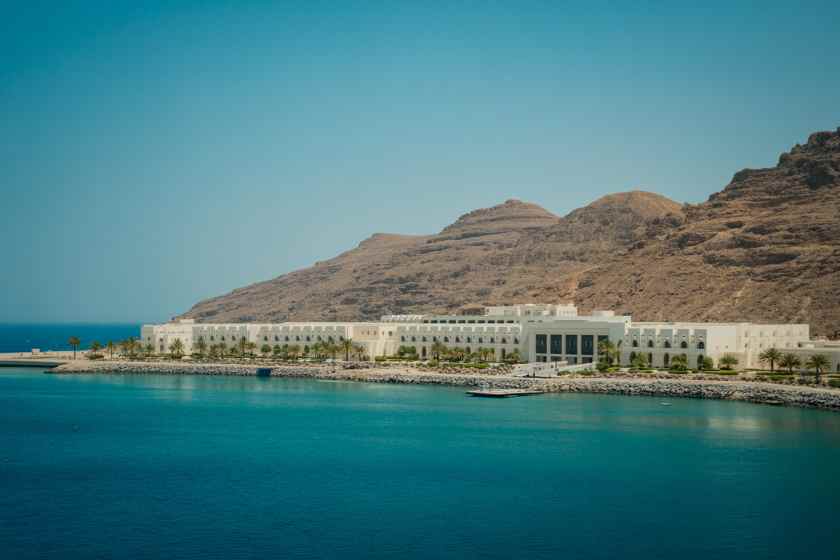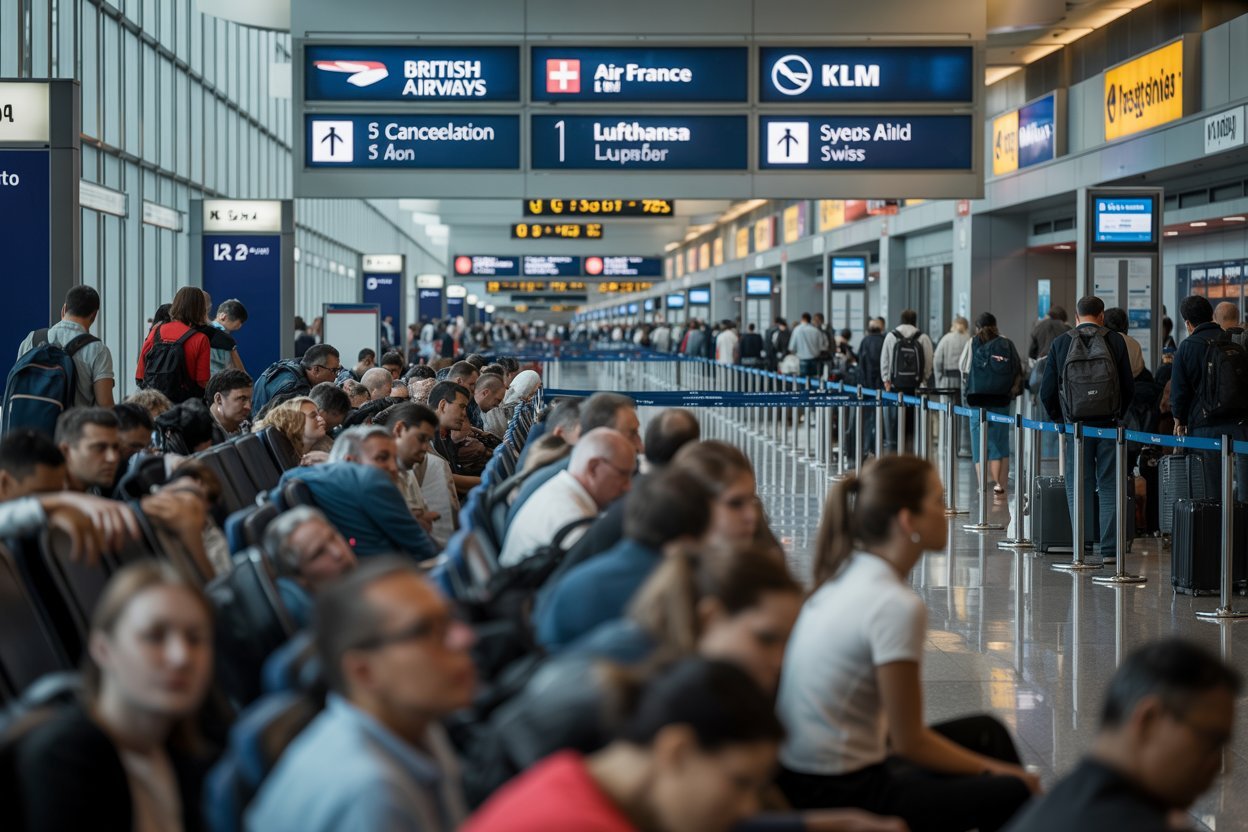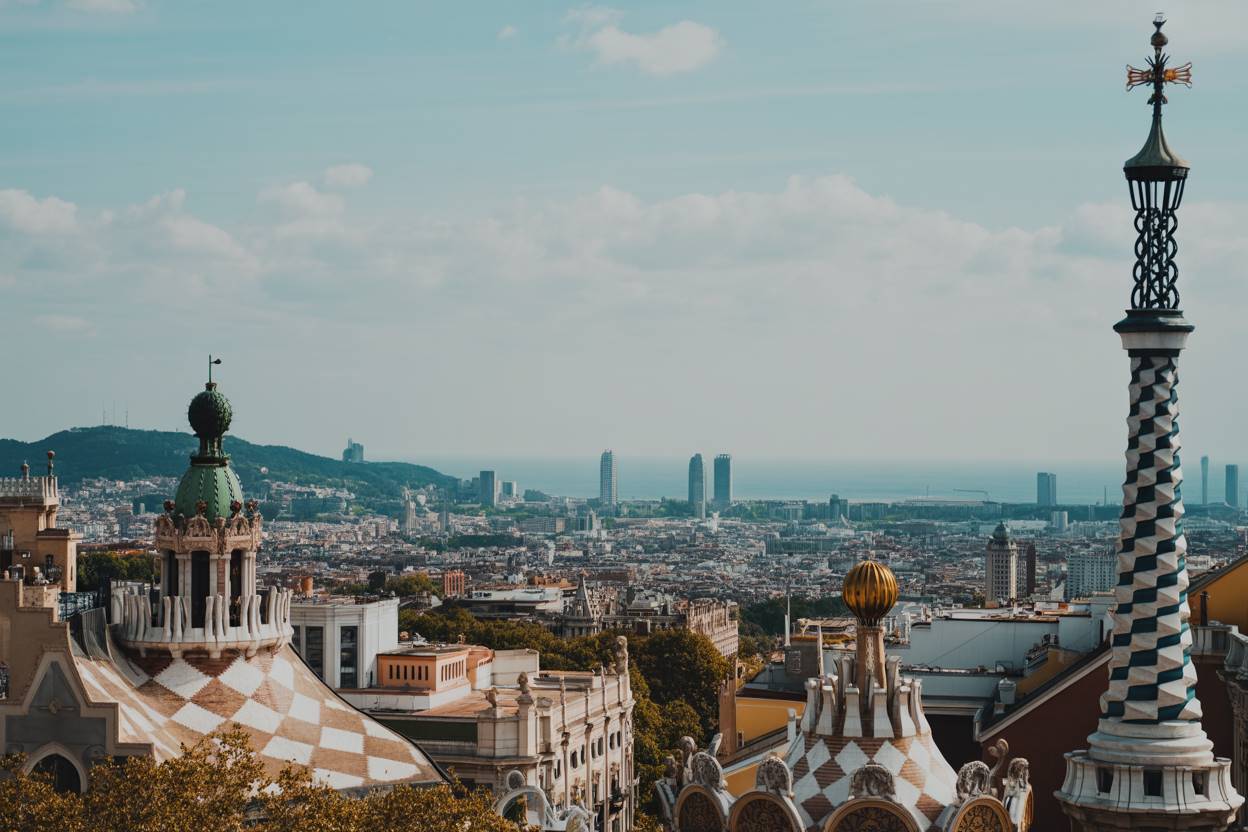читайте также
 China’s Hotel Construction Pipeline Surges to Record High: Nearly 3,700 Projects Underway
China’s Hotel Construction Pipeline Surges to Record High: Nearly 3,700 Projects Underway
 Oman’s Tourism Surge: Hotels Record Double-Digit Growth in Revenue and Guests in 2025
Oman’s Tourism Surge: Hotels Record Double-Digit Growth in Revenue and Guests in 2025
 Thousands of Passengers Grounded Across Europe as Airlines Face 65 Cancellations and 1,824 Delays
Thousands of Passengers Grounded Across Europe as Airlines Face 65 Cancellations and 1,824 Delays
 UK Braces for Major Snowstorm: Heavy Snow and Freezing Temperatures Disrupt Travel Nationwide
UK Braces for Major Snowstorm: Heavy Snow and Freezing Temperatures Disrupt Travel Nationwide
 Where to Travel for Christmas 2025: From Jerusalem and Germany to Wintertime Georgia
Where to Travel for Christmas 2025: From Jerusalem and Germany to Wintertime Georgia
 Montenegro’s Prime Minister vows to introduce visa restrictions for Russians
Montenegro’s Prime Minister vows to introduce visa restrictions for Russians
Tourism & hospitality / News / Analytics / Spain / Tourism Spain / Italy / Tourism Italy / Netherlands / Tourism Netherlands / Japan / Tourism Japan / USA / Tourism USA / Greece / Tourism Greece 24.11.2025
Barcelona Joins Venice, Amsterdam, Kyoto, Hawaii, and Santorini in Raising Tourism Taxes in 2026: What Travelers Need to Know

From Europe to the Pacific, a growing number of popular destinations are introducing or increasing tourism taxes in 2026 to tackle overtourism, environmental strain, and infrastructure costs.
Barcelona, Venice, Amsterdam, Kyoto, Hawaii, and Greece are leading the shift toward sustainable tourism financing.
Why Are These Taxes Being Introduced?
The primary goal is to protect local environments and heritage.
Tourism growth has brought overcrowding, rising costs, and ecological degradation.
These new taxes aim to fund sustainability projects, transportation improvements, and cultural preservation.
Barcelona: Up to €8 by 2029
Barcelona will raise its municipal tourism surcharge from €4 to €5 per night in January 2026, with incremental increases to €8 by 2029.
The funds will support infrastructure renewal and environmental initiatives.
Children under 16 are exempt.
Venice: Entry Fee for Day-Trippers
Starting April 2026, Venice will charge €5–€10 for day visitors during peak hours (April–July).
The online fee system, processed via QR code, aims to reduce overcrowding and fund preservation efforts.
Overnight guests are exempt.
Amsterdam: Higher Taxes and Cruise Fees
Amsterdam will maintain its 12.5% tourist tax, but with a national VAT increase from 9% to 21%, the total effective tax will reach 33.5%.
Cruise passengers will pay a new €14.50 day tax starting in 2026.
The revenue will fund city services and manage visitor flow.
[h2]Kyoto: Tiered Accommodation Tax





